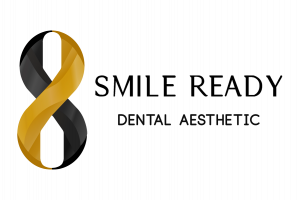
Dental implants have become a revolutionary solution for individuals dealing with tooth loss, offering a stable and long-lasting replacement. However, for those considering dental implants in the upper jaw, particularly in the back, the proximity to the sinus cavity may present a unique challenge. This article explores the connection between sinus issues and dental implants, shedding light on considerations, precautions, and potential solutions.
Understanding the Sinus Cavity:
The maxillary sinus, located in the upper jaw behind the cheeks, is an air-filled space. It plays a crucial role in the respiratory system and is integral to maintaining the balance and functionality of the skull. The floor of the sinus is often very close to the upper molars and premolars.
The Challenge of Implants Near the Sinus:
When a tooth is lost, the bone that once supported it can start to deteriorate. This bone loss can affect the available space for a dental implant. In some cases, the sinus cavity may expand, encroaching on this space and reducing the available bone for implant placement. This situation is particularly common in the posterior maxilla.
Precautions and Evaluations:
- Cone Beam CT Scan: Before planning implant surgery, a comprehensive evaluation, including a cone beam CT scan, is crucial. This advanced imaging allows for a detailed assessment of the bone structure, sinus position, and overall anatomy.
- Sinus Lift Procedure: In cases where there is insufficient bone due to sinus expansion, a sinus lift procedure may be recommended. This involves lifting the sinus membrane and placing a bone graft to enhance the bone volume, creating a suitable environment for implant placement.
- Short Implants: For individuals with limited bone height due to sinus proximity, shorter implants may be considered. These implants are designed to provide stability even in situations where standard-length implants might not be feasible.
- Angulated Implants: Angulated implants can be strategically placed to avoid the sinus cavity while maximizing available bone. This technique requires careful planning to ensure proper implant alignment and support.
Sinus Precautions During and After Surgery:
- Gentle Surgery Techniques: During implant surgery, the utmost care is taken to avoid any perforation of the sinus membrane. Gentle techniques and precision are employed to minimize the risk of complications.
- Post-Operative Care: Following surgery, patients are advised to follow specific post-operative care instructions, including avoiding activities that could create pressure in the sinus area, such as blowing the nose forcefully.
Conclusion:
While sinus proximity adds complexity to dental implant procedures, advancements in dental technology and surgical techniques have made it possible to address these challenges effectively. With thorough evaluations, precise planning, and a range of precautionary measures, dental implants in the presence of sinus issues can still be a viable and successful option for restoring a complete, functional, and aesthetically pleasing smile.
It’s important for individuals considering dental implants in the upper jaw to consult with an experienced implant dentist who can assess their unique anatomy and provide tailored recommendations for a successful and comfortable implant journey.


